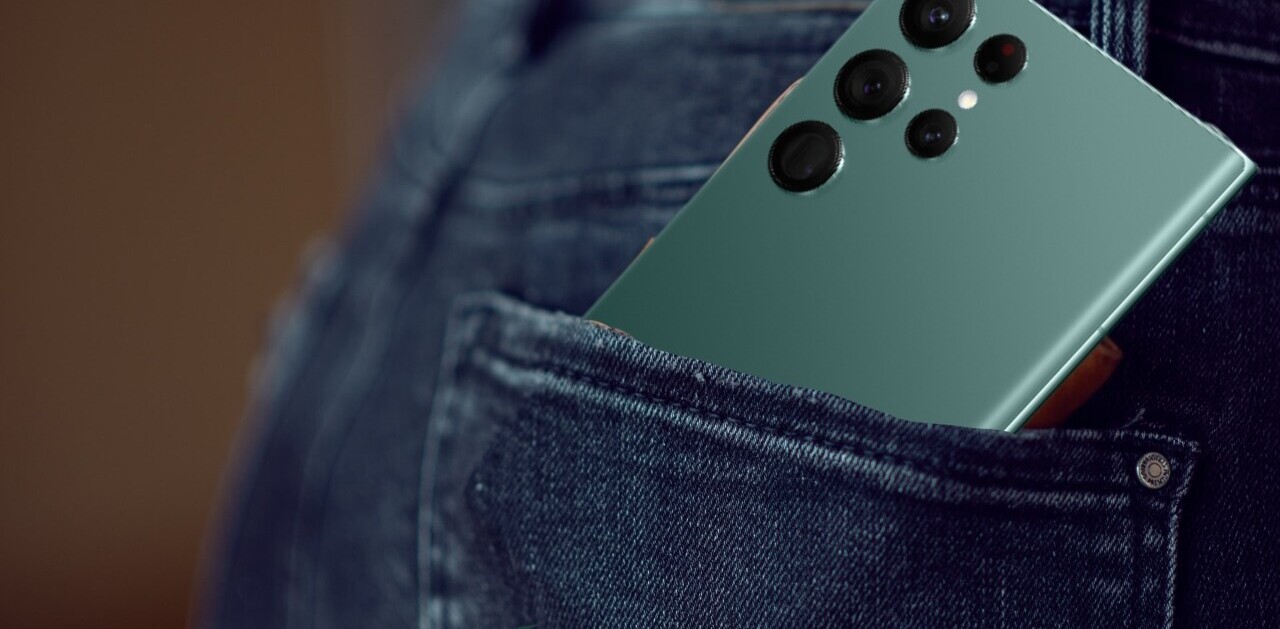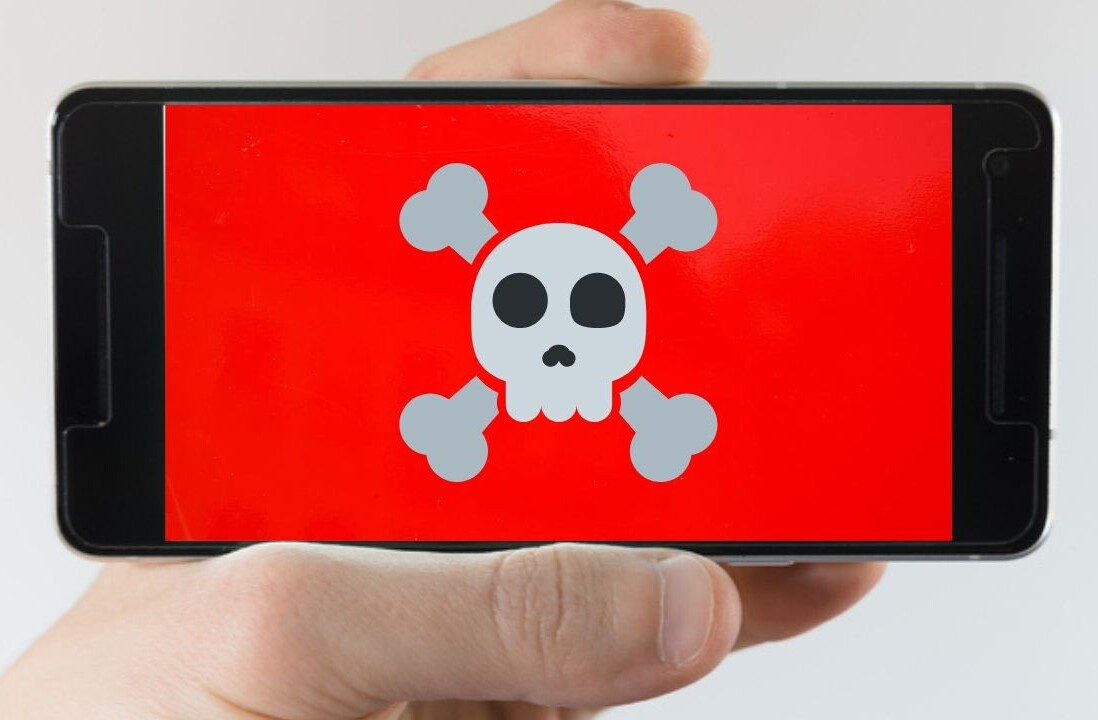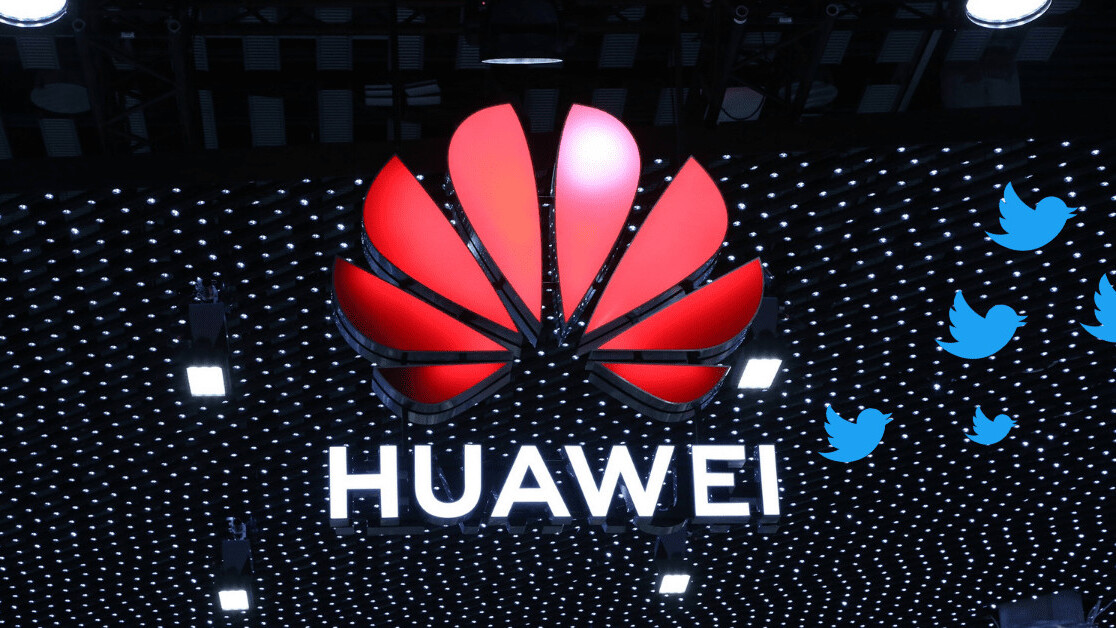
Huawei has had a tough year. The company’s fight with the US government impacted its business across the globe, but this isn’t the only issue the business has had.
In this story, we’re going to look at Huawei’s tumultuous recent history.
The arrest of the CFO
Last December, Candian authorities arrested the company’s Chief Financial Officer, Meng Wanzhou — who happens to be the daughter of the company’s founder Ren Zhengfei — on request of the US government. She was charged with violation of the US’ sanctions on Iran, allegedly helping Huawei cover up wire frauds run by China.
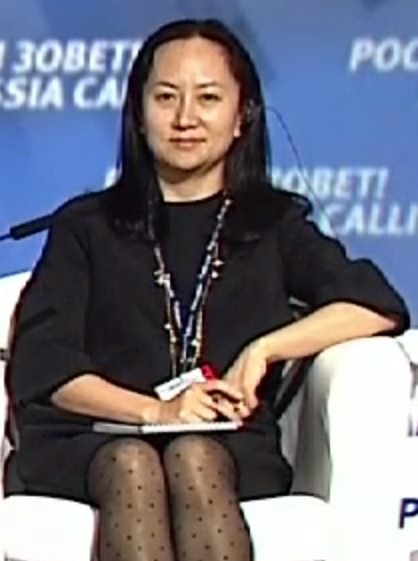
She was later released on bail, but put under a curfew with GPS-enabled bracelet in Vancouver. Zhengfei said the arrest was politically motivated and all accusations of the company’s spying activities are false.
Lawsuits
In January, the Wall Street Journal reported that federal prosecutors were investigating Huawei for allegedly stealing trade secrets. Later the authorities charged the Chinese tech giant with 23 indictments, including wire fraud and obstruction of justice.
In March, Huawei sued the US government to challenge its restrictions on federal agencies using the company’s equipment.
Last month, the Federal Communications Commission, passed an order to bar ZTE and Huawei equipment from projects funded by its Universal Service Fund (USF). Plus, the commission is already working on another plan to ban these companies from existing networks. Earlier this month, Huawei sued FCC, describing the order as ‘unconstitutional.’
Inclusion in the blacklist and the US companies ban
Huawei’s phone business issues really ramped up in May when the US government put it on the entity list,” effectively asking all American companies to end their business ties with the company.
The first major blow came in the form of Google, whose ban meant the Chinese company couldn’t use the Android operating system, which includes apps such as Play Store, Maps, and Gmail. However, it can still use an open-source version of it.
Soon, other notable names such as Qualcomm, WiFi Alliance, SD Alliance, ARM, and Intel joined the list.
Development of Huawei’s HarmonyOS
In May, rumors of Huawei launching its own OS circulated.
In August, it officially launched its new operating system: HarmonyOS, software that can run on phones, laptops, watches, smart TVs, and more. The next day, It also announced the Honor Vision Pro — a smart TV running that software. The OS has its own app store to fill the Play Store-sized hole.
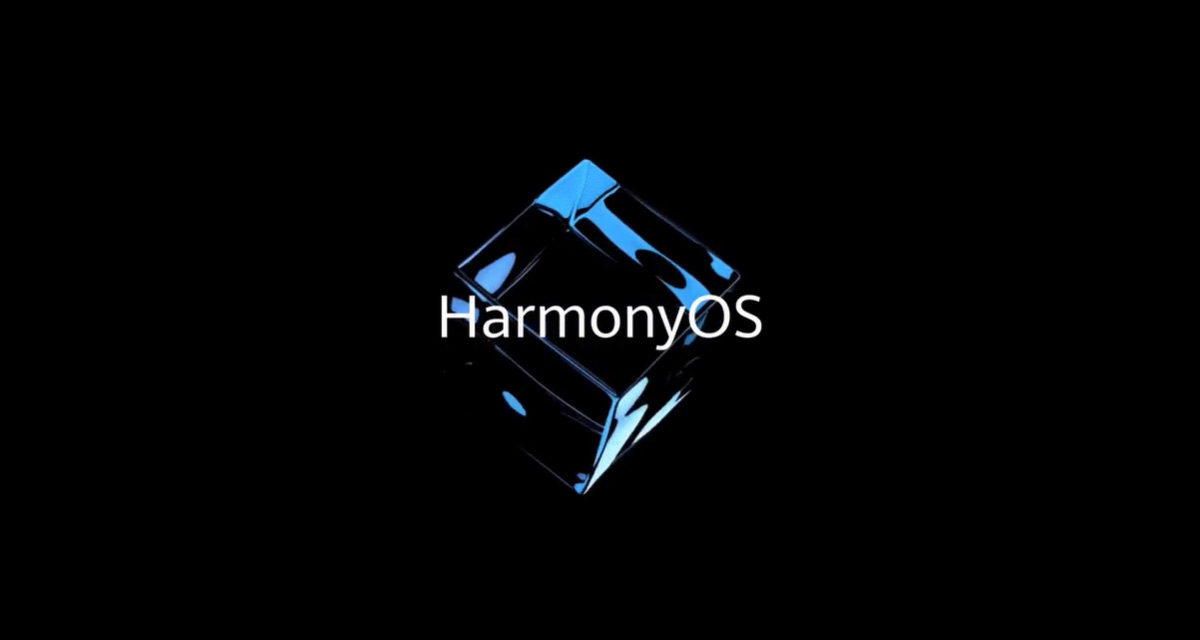
The Chinese tech giant is also reportedly building its own version of Google Maps, with Russian search giant Yandex and Booking.com on board.
However, talking to the media, the company’s senior management specified it won’t launch a HarmonyOS-powered phone this year. Earlier this month, the company also said while it plans to launch smart devices with new software, phones or tablets are not on the cards yet.
In October, it launched its flagship Mate 30 Pro phone with a waterfall display and a quad-camera system. The device had a lot going for it, but, Google’s Play Store was missing.

The uncertain future
Despite being banned by Google from selling phones with the Play Store installed, Huawei racked up a ton of sales. In fact, it achieved an 18-percent market share in Q3, as per a report from analytics firm Counterpoint.
During the same time, in China, the company shipped 41.5 million units and captured a mammoth 39.8 percent market share.
So, there’s no reason Huawei can’t sell a shed ton of smartphones. However, without Play Store and Google, it might face some challenges in flogging devices in non-China markets. Plus, its own OS is not proven, and they can’t bank on it to be reliable.
While the company has had three 90-day extensions from the US government for maintenance of the current business, it doesn’t allow US-based countries to buy or sell equipment from Huawei.
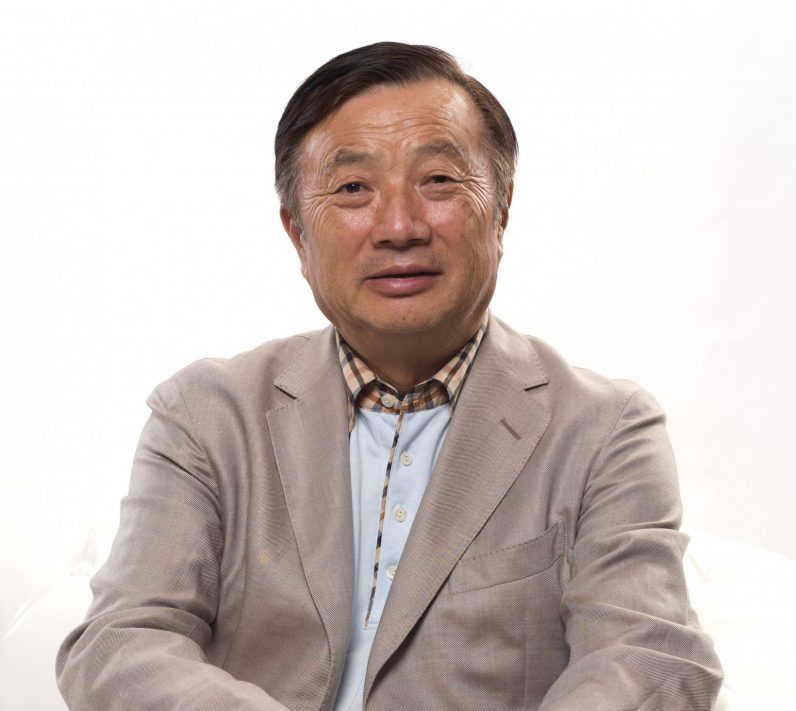
In June, Trump said he’ll allow US companies to resume business as usual with the Chinese giant. However, there’s no final nod from the government yet. Last month, Commerce Secretary Wilbur Ross said the authorities hope to sign a “Phase One” deal with Huawei shortly. If both countries agree on a deal this year, Huawei will be able to make Android phones with Google apps again.
On the network equipment end, FCC’s aforementioned order can be a huge setback for the company. Other countries in the world, including the UK, Germany, Canada, and France are considering a Huawei ban as well.
On the other hand, potentially huge markets such as India and Malaysia have allowed the company’s equipment as part of their future 5G rollout.
Until then, and as a company’s executive admitted in October, it’s challenging for Huawei to compete with Google’s suite of apps and sell phones without them pre-installed worldwide.
But if the phase one deal goes through, Huawei can resume production of its Android-powered phones, and get to its dream of dethroning Samsung and grabbing the number one spot in the global smartphone market.
Get the TNW newsletter
Get the most important tech news in your inbox each week.
